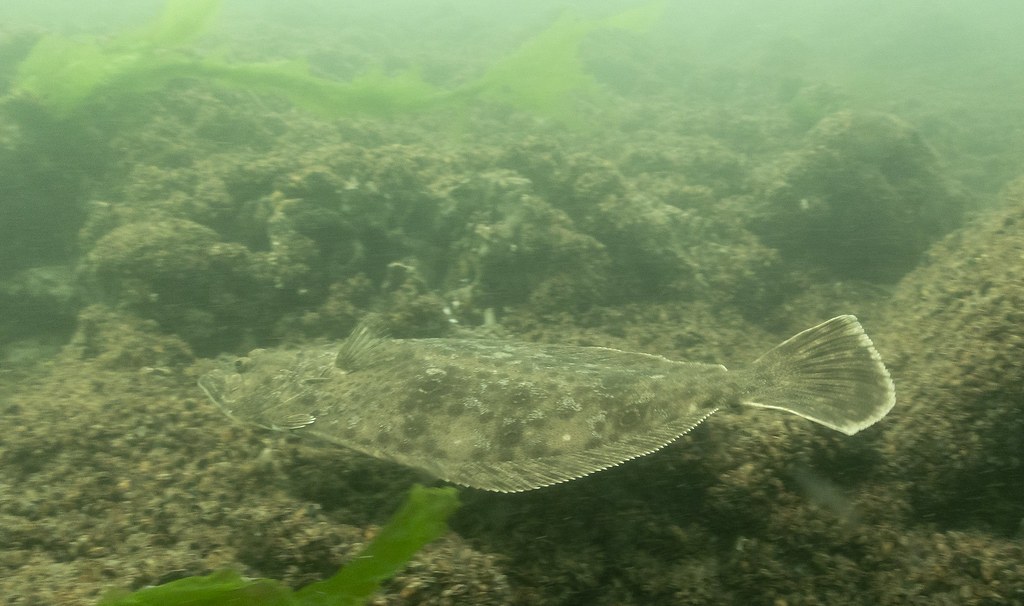
Dr. Jonathan Cummings
I help conduct the assessments of species viability that are used by the US Fish and Wildlife Service to determine how to manage species that are petitioned for protection under the Endangered Species Act. This entails the using best available science to assess the resiliency, adaptive capacity, and susceptibility to extreme events of species. I help develop logic based narrative, qualitative models, and quantitative assessment models, and help visualize and communicate the results of these assessments. I also produce and share best practices to help with these assessments and facilitate recommendation meetings where the science is evaluated to determine what management to apply.
This has included work on Wolverines in the US, Yellowstone Bison, the US portion of Canada Lynx, Rio Grande Cutthroat Trout, California Fisher populations, Bull Trout, Lesser Prairie-Chicken, Giraffe, Pangolin, and more.
I facilitated a group of stakeholders through a Mid-Atlantic Fishery Management Council management strategy evaulation process to "Decide how to meet the challenges of satisfying the diverse groups of anglers engaged in the recreational fluke fishery by addressing discarding, discard mortality, and data quality, while allowing for meaningful access to the fishery, accounting for temporal and spatial differences in recreational mode availability, considering the impacts of size and male to female take ratios, and achieving equity in recreational modes given the bounds of what is viable within the regulatory framework."
This resuled in a new proceedure to test the efficacy of alternate policies in converting discards into harvested fish without undue impact on the biological stock status using coupled biological and economics models that are now used to improve summer flounder management and better understand the impacts of uncertainties about a spatial shift in summer flounder abundance and recreational catch and effort data.

My long-term, ongoing project is to develop an application that enables crowdsourcing public policy making. This would integrate apps where users submit and select public policy problems to address, provide objectives the solutions should achieve, suggest alternatives to solve the problem, display studies that predict the consequences for those problems, and select the alternative that best achieves the objectives submitted. To find out more check out the on again off again blogging at we-decide.us blog.

